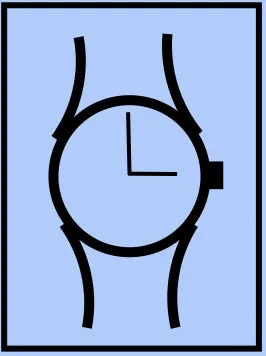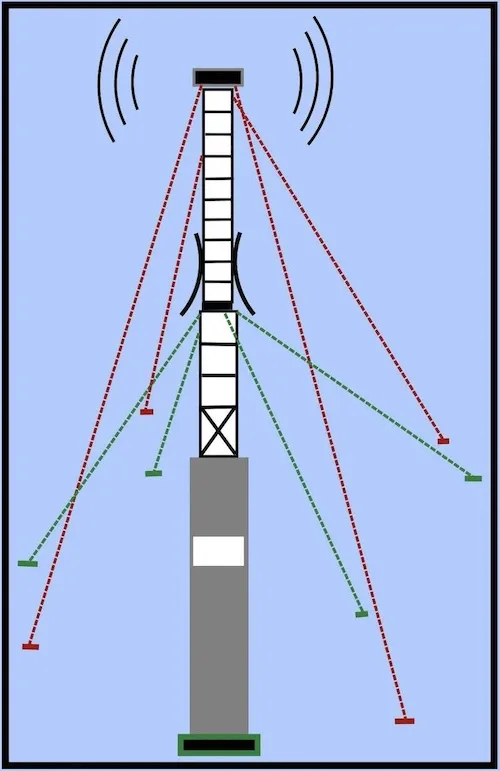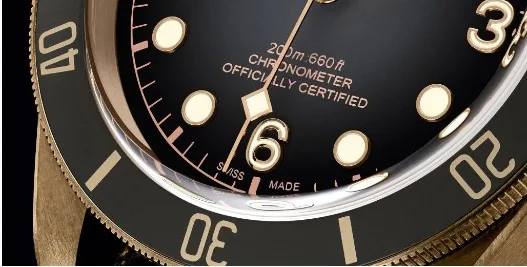On this page UT timekeeping and celestial navigation, monitoring the drift of your watch through the use of a diary is crucial.

The primary focus of our website is to offer guidance on the precise calculation of the Line of Position (LOP) to find your way at sea.

UT Timekeeping and celestial navigation:
The diary

Firstly, here an example to know the drift of your watch.
We tune the quartz watch to the correct time, preferably in UT time, by comparing it to a known accurate time source, such as a shore-based observatory or a time ball dropped at a specific time each day.
Afterwards, we measure every few days to find out how much this watch is slow or fast and we note in our diary

The National Institute of Standards and Technology (NIST) operates the radio station WWV in the United States. Fort Collins Colorado
It has broadcast a continuous time signal since 1945, and implements United States government frequency standards, with transmitters operating on 2.5, 5, 10, 15, and 20 MHz.

Listen to time signal on the WWV page !
UT Timekeeping and celestial navigation:
Correct time:
When using your smartphone’s GPS to compare with the time on your watch, please be aware that GPS time and UTC time have a difference of about twenty seconds. However, many GPS apps automatically correct GPS time to UTC time.
To ensure your mobile phone’s GPS app is correcting GPS time to UTC time, compare the app’s time with a known UTC time source. If the difference is more than a few seconds, the app may not be correcting the time properly.”
UT timekeeping and celestial navigation: what is a quality watch?

A qualité watch is a quartz watch with a drift of less than 10 seconds per year.
For instance, certified by the Swiss Official Chronometer Testing Institute (COSC).
But it’s still recommended to keep a diary with the evolution of your error over time.
And it’s crucial to do this before a crossing.

Timekeeping and celestial navigation: drift of your watch
Mariners historically relied on chronometers to keep track of time at sea.
Certainly, A chronometer is a highly accurate and precise timekeeping instrument designed to remain unaffected by the motion, temperature, and humidity experienced on board a ship.
Undoubtedly, the invention of the chronometer revolutionized navigation and greatly enhanced maritime safety.
Furthermore, here’s how mariners used chronometers:
Firstly, Setting the chronometer: Before setting sail, the chronometer had to be carefully and accurately set. This was typically done by comparing the chronometer to a known accurate time source, such as a shore-based observatory or a time ball dropped at a specific time each day.
Drift of your watch
Finaly, daily time checks: Once set, mariners would regularly check the chronometer against a known accurate time source.
Finally, this would help them determine the rate at which the chronometer gained or lost time, allowing for corrections to be made.
To summarize, By carefully maintaining and referencing the chronometer, mariners could establish their position more accurately and navigate with greater confidence.
Of course, this, in turn, enabled safer and more efficient voyages over long distances.